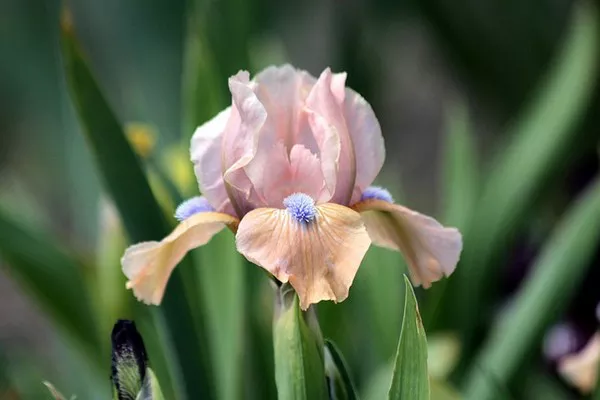Flowers hold a unique ability to captivate us with their exquisite beauty and fragrant allure. However, their ephemeral nature often leaves us longing to preserve their charm beyond their natural lifespan. While traditional methods like drying and pressing have been used for centuries, preserving flowers with wax offers an innovative and enchanting alternative. This article explores the art of preserving flowers with wax, delving into the process, materials, and the myriad benefits that come with mastering this technique.
The Wax Preservation Process
Preserving flowers with wax involves encasing the delicate blooms in a protective layer of wax, ensuring their longevity while maintaining their intricate details and vibrant colors. This technique can be used on various types of flowers, from simple wildflowers to intricate roses and orchids.
Materials Required:
Flowers: Choose fresh flowers that are in prime condition. Avoid using flowers that are too mature or have visible blemishes, as these imperfections will be preserved along with the flower.
Wax: A mixture of paraffin wax and microcrystalline wax is often used for this preservation method. These waxes melt at different temperatures, creating a balanced combination of rigidity and flexibility.
Double Boiler: To melt the wax, a double boiler or a makeshift equivalent is required. This ensures a controlled and gradual heating process to prevent overheating.
Thermometer: To monitor the wax temperature and prevent it from reaching levels that could damage the flowers.
Colorants (Optional): Tinted wax can be used to enhance the flower’s natural hues or experiment with different color variations.
Brush: A soft-bristle brush is necessary to remove excess wax and clean the preserved flowers.
Drying Rack or Newspaper: To place the freshly waxed flowers for cooling and setting.
Step-by-Step Process:
Preparation: Trim the flowers’ stems to the desired length and remove any excess leaves or thorns. Gently blot the flowers with tissue paper to remove excess moisture, as water can interfere with the wax adhesion process.
Melting the Wax: Begin by melting the paraffin and microcrystalline waxes in the double boiler. Keep a close eye on the temperature using the thermometer, and maintain a temperature around 150-160°F (65-71°C). Avoid overheating, as high temperatures can damage the delicate petals.
Dipping: Hold the flower by its stem and carefully dip it into the melted wax. Ensure that the entire flower is submerged for a few seconds, allowing the wax to penetrate the petals fully.
Removing Excess Wax: Gently shake the flower to remove any excess wax. You can also use a soft brush to brush off any drips or clumps of wax.
Cooling and Setting: Place the dipped flowers on a drying rack or newspaper to cool and set. Make sure they are placed individually and not touching each other to prevent sticking.
Repeating the Process: If a thicker wax layer is desired, allow the flower to cool for a few minutes, then repeat the dipping process. However, avoid excessive layering, as it could obscure the flower’s details.
Final Touches: Once the wax has completely hardened, examine the flowers for any areas that may need touch-ups. Use the brush to carefully clean any imperfections or excess wax.
Benefits of Wax Preservation:
Longevity: Preserving flowers with wax offers a remarkable extension of their lifespan. Unlike traditional drying methods that can lead to faded colors and brittle petals, wax preservation maintains the flower’s natural appearance for years.
Natural Beauty: Wax preservation retains the intricate details and textures of the flowers, showcasing their natural beauty without compromising their aesthetics.
Versatility: This technique can be applied to a wide range of flowers, allowing for creative experimentation with different bloom types and color variations.
Aroma Retention: Certain flowers, like roses and lavender, retain their fragrances when preserved with wax, contributing to a sensory-rich experience.
Decorative Purposes: Wax-preserved flowers make stunning decorative pieces. They can be used in centerpieces, wreaths, and even incorporated into art projects.
Memorable Keepsakes: Preserving flowers from special occasions, such as weddings or anniversaries, in wax allows you to cherish and relive those moments for years to come.
In conclusion
the art of preserving flowers with wax is a captivating technique that marries the beauty of nature with the creativity of human craftsmanship. By carefully dipping and encasing delicate blooms in a protective layer of wax, one can extend their beauty and charm far beyond their natural lifespan. With the right materials, technique, and a touch of creativity, anyone can master this age-old method and create exquisite floral keepsakes that stand the test of time. Whether used for decorative purposes or cherished as sentimental mementos, wax-preserved flowers offer an enchanting blend of aesthetics and longevity that continues to captivate hearts and minds alike.


